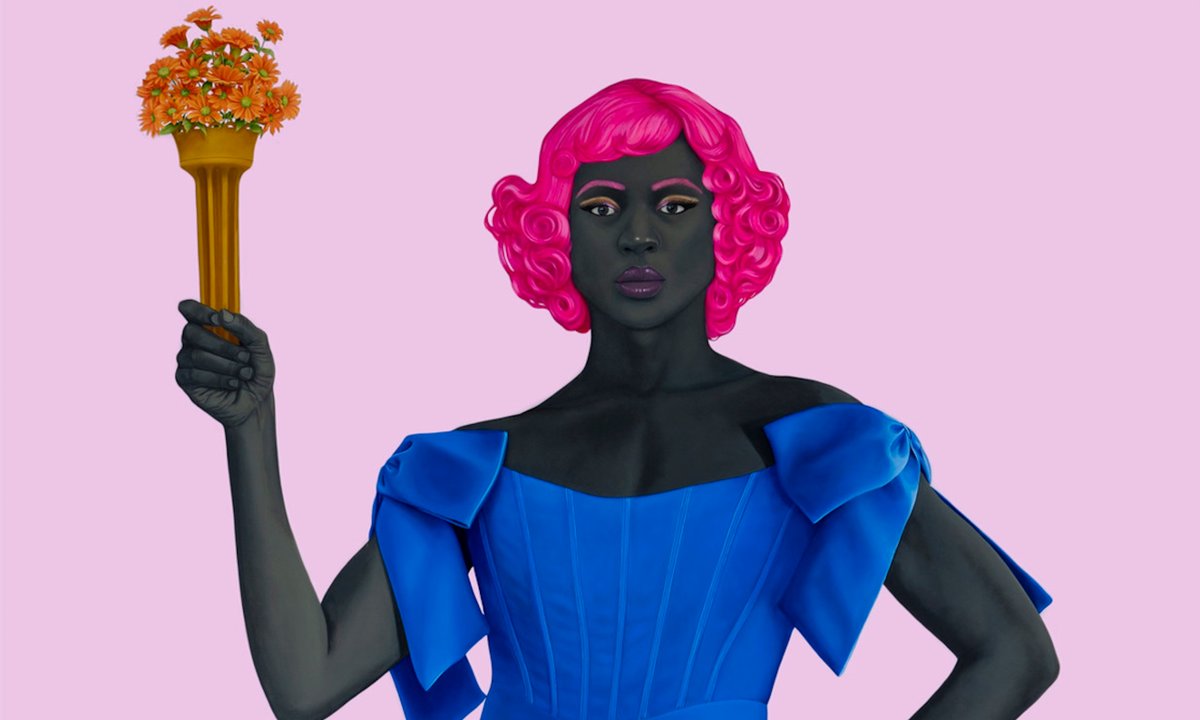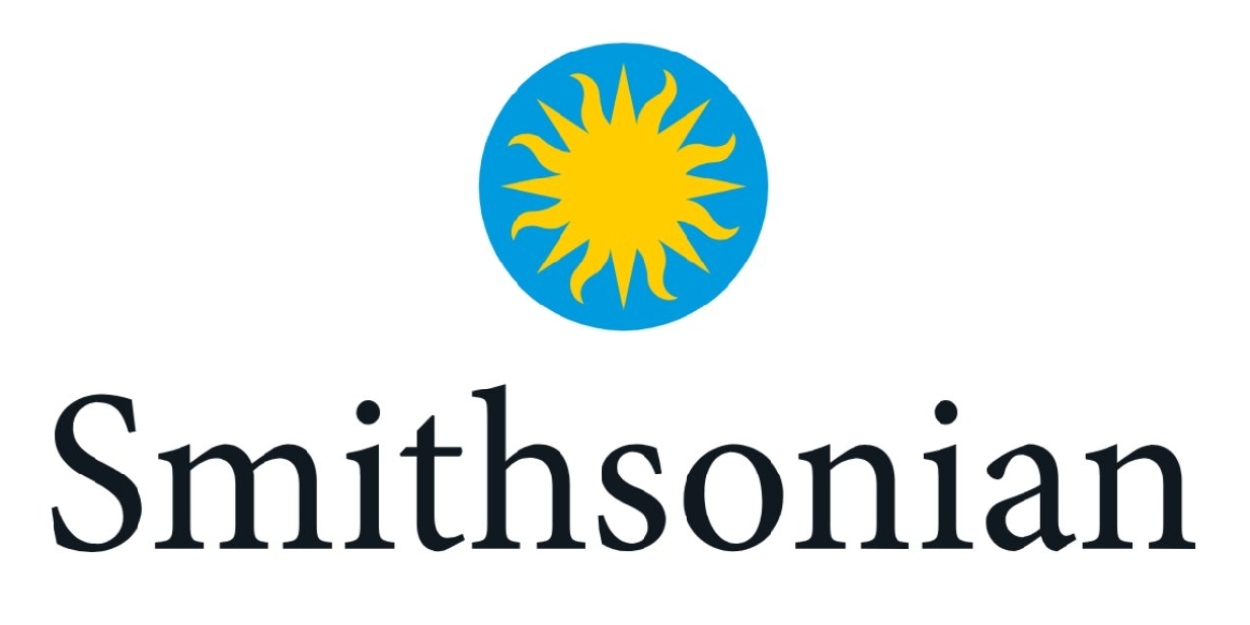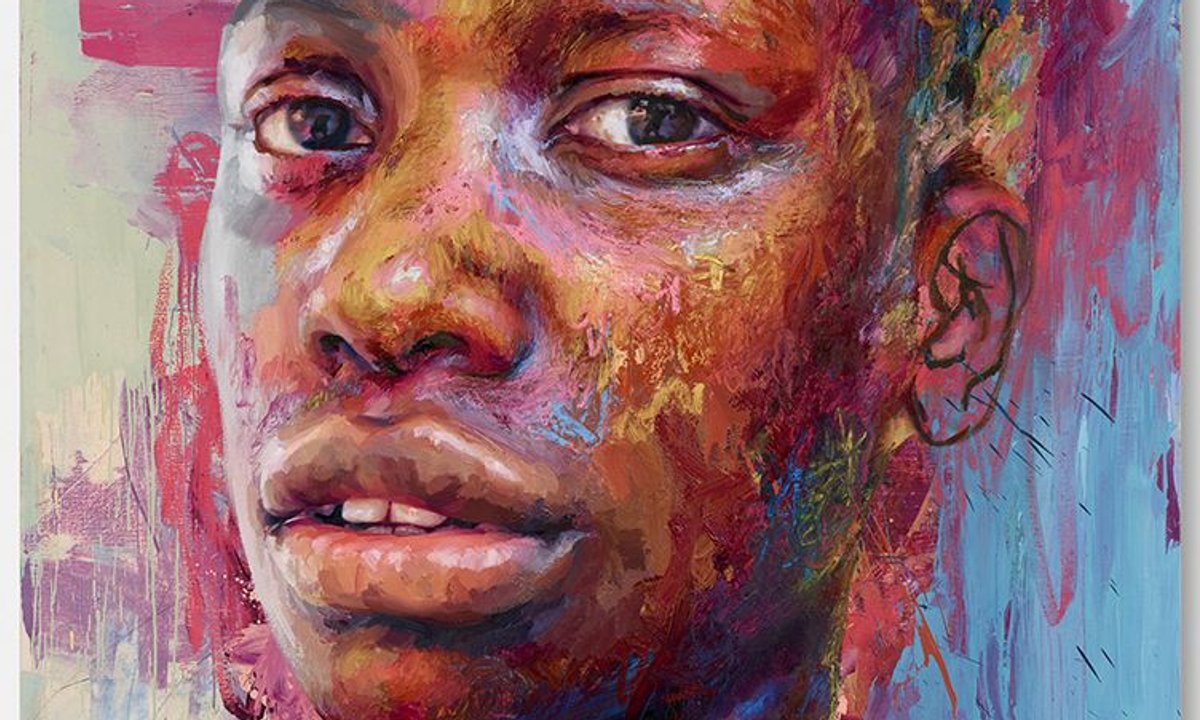Amy Sherald, the renowned portrait artist known for her vibrant depictions of African American subjects, has made the bold decision to withdraw her exhibition, "American Sublime," from the Smithsonian National Portrait Gallery. The cancellation stems from rising concerns over censorship related to her featured work—a striking painting of a non-binary transgender person styled as the Statue of Liberty. Sherald's apprehensions about potential removal of the piece were heightened by political scrutiny
Did You Know
The dot over an “i” is called a tittle.
?
AD
following President Trump's anti-trans mandates affecting federally funded museums.
The controversy erupted when leaders at the National Portrait Gallery suggested that her painting could be at risk due to perceived insensitivity in the current sociopolitical landscape. Despite the Smithsonian denying any intention to censor her work, Sherald's fears underscore the turbulent intersection of art and politics, particularly regarding LGBTQ+ representation within federally funded institutions. This incident reflects a broader national dialogue, questioning the extent to which political influences can shape artistic expression in spaces that are meant to celebrate diversity and inclusivity.
Media coverage of Sherald's decision has intensified discussions surrounding the crucial role of art in advocating for social issues. As American society grapples with debates over identity and representation, the arts serve as a powerful canvas for dialogue. In withdrawing her exhibition, Sherald not only stands firm in her conviction against censorship but also ignites a conversation about the responsibilities of galleries and institutions to protect the rights of artists and the narratives they choose to present. The fallout from this incident may serve as a seminal moment in the ongoing struggle for artistic freedom amidst a rapidly evolving political landscape.
Q&A (Auto-generated by AI)
What is the significance of Sherald's artwork?
Amy Sherald's artwork, particularly her painting of a transgender Statue of Liberty, is significant for its exploration of identity and representation. Sherald often addresses themes of race, gender, and social justice, aiming to challenge traditional narratives in portraiture. Her choice of subjects and bold colors invites viewers to engage with complex identities, making her work resonate in contemporary discussions about inclusivity and visibility.
How does censorship impact artistic expression?
Censorship can severely restrict artistic expression by limiting the themes and subjects artists can explore. In Sherald's case, concerns over her painting's removal reflect broader tensions between artistic freedom and political pressures. Censorship can lead to self-censorship among artists, stifling innovation and the ability to provoke critical dialogue on important societal issues. This dynamic raises questions about the role of art in society and the responsibilities of institutions.
What role do museums play in political discourse?
Museums serve as cultural institutions that reflect societal values and can influence political discourse. They provide platforms for artists to express diverse perspectives and engage the public in critical conversations. When museums face political pressures, such as in Sherald's case, it highlights the delicate balance between artistic freedom and institutional governance, prompting debates about the role of art in advocating for social change and representing marginalized voices.
What has been the reaction to Sherald's cancellation?
The reaction to Amy Sherald's cancellation of her exhibition has been one of concern and support from the art community and advocates for free expression. Many view the withdrawal as a significant statement against censorship, sparking discussions about the implications of political interference in the arts. Supporters emphasize the importance of allowing artists to freely express their viewpoints, particularly on topics like gender and identity, which are crucial in today's sociopolitical climate.
How has Trump's administration influenced art policies?
During Trump's administration, there was increased scrutiny on federally funded institutions, including museums, which led to concerns about political influence over artistic content. Policies perceived as anti-LGBTQ+ and efforts to promote certain cultural narratives created an environment where artists felt vulnerable to censorship. This climate has prompted artists and institutions to navigate the complexities of political expression, often leading to the withdrawal of works deemed controversial, as seen with Sherald's exhibition.















